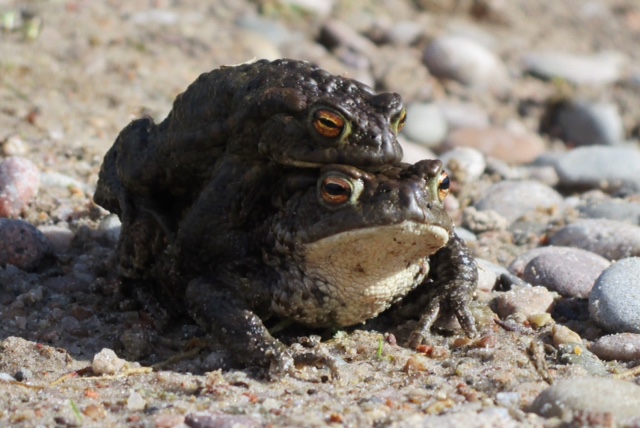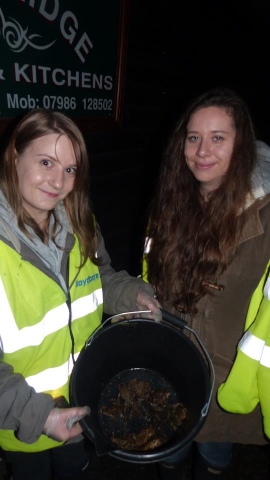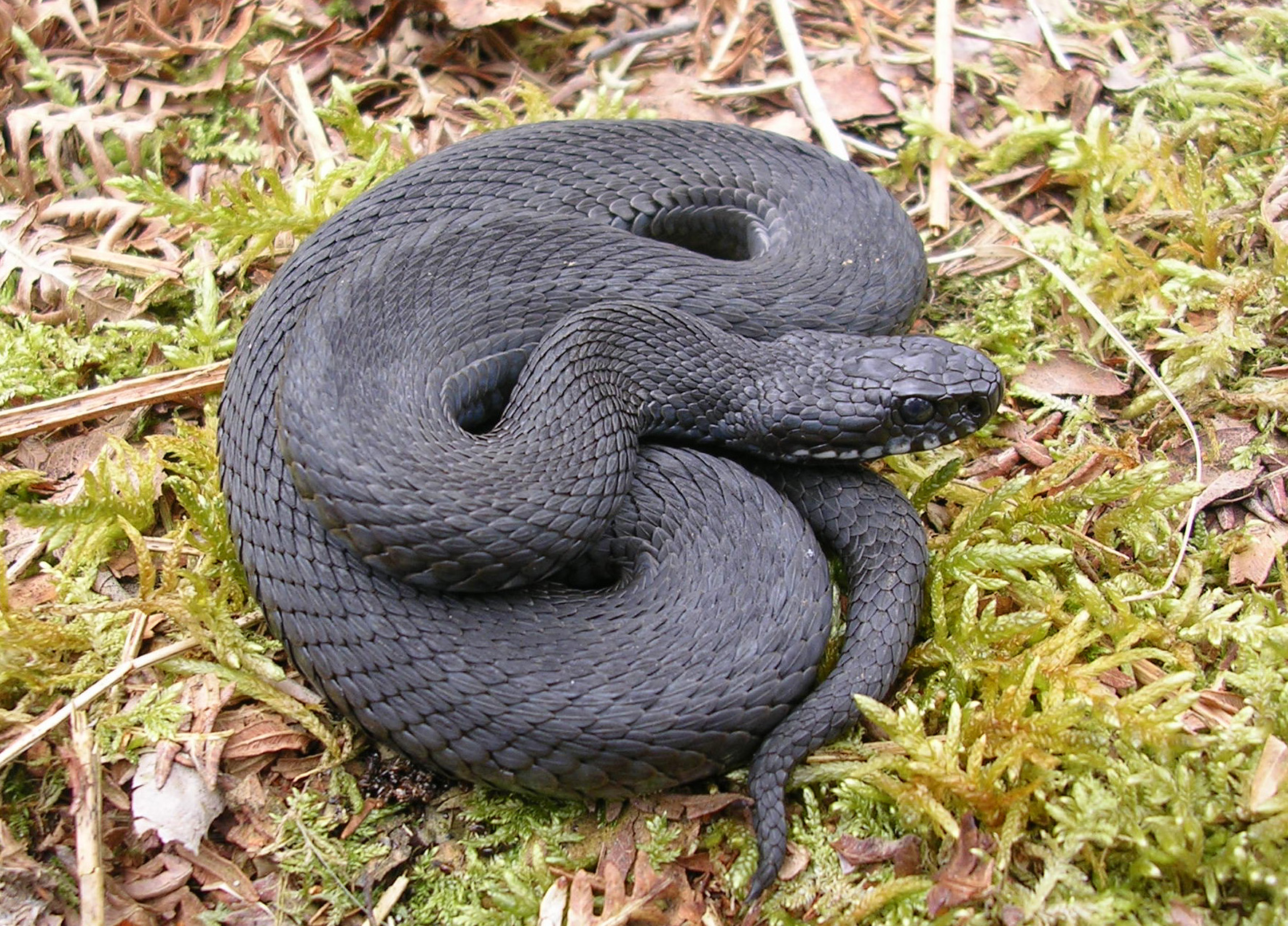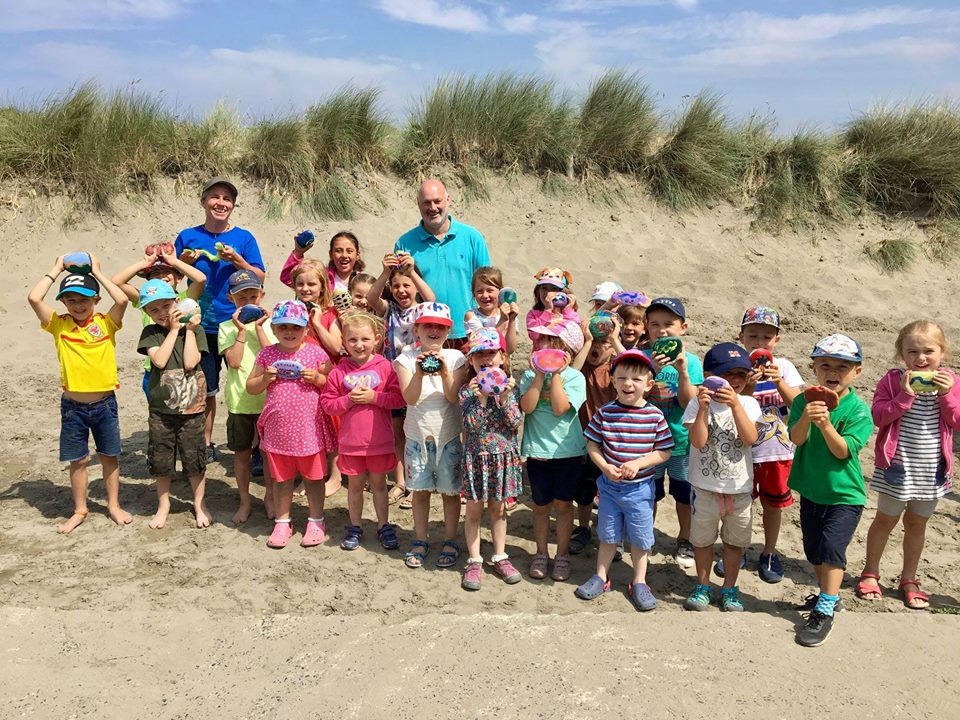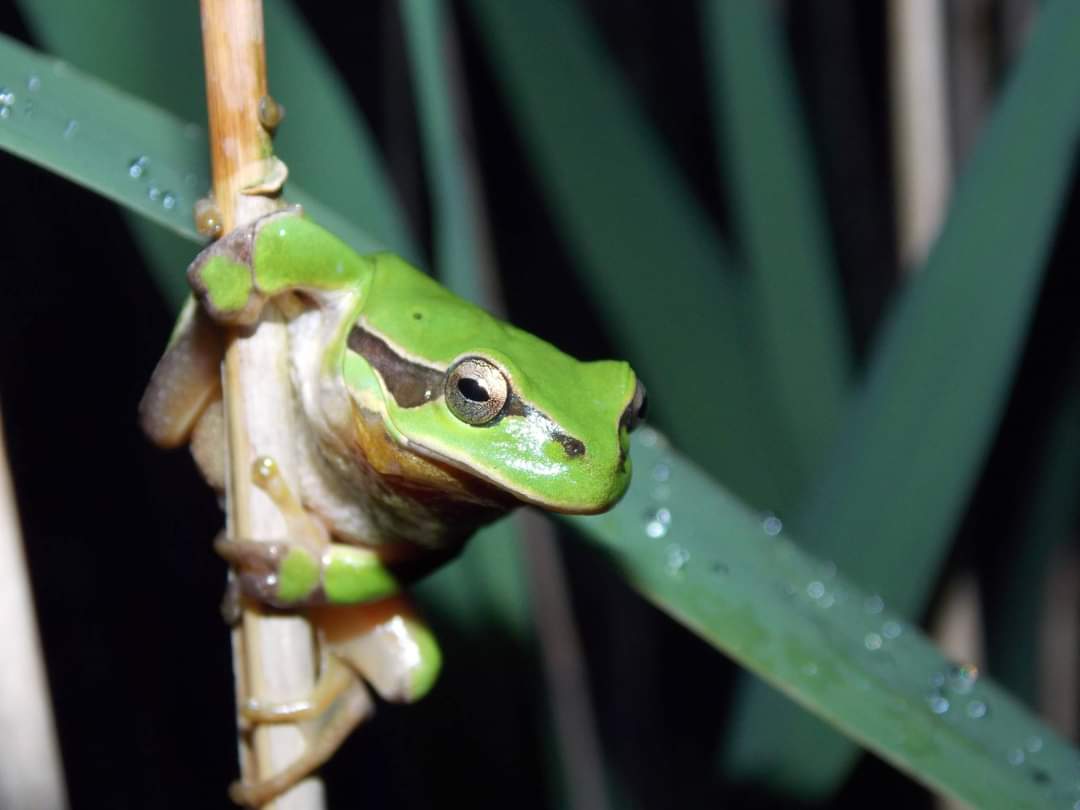Toads are normally solitary creatures, but during the spring period, from early February through to early April (depending on weather variables), they will join with hundreds of other toads to migrate to their ancestral breeding ponds, crossing anything in their path. Sometimes this involves crossing busy roads, and the inevitable confrontation with motor vehicles on a dark, damp night during rush hour, rarely ends well for the toads. Indeed, there are reports of huge declines at crossing sites, which is further contributing to the national declines that have been reported in populations of this native amphibian (Petrovan and Schmidt 2016).
One answer to this problem is the Froglife ‘Toads on Roads project’. Running for over 20 years now, the project has enabled dedicated individuals to help the toads during peak crossing times, on warm (> 5oC) and wet evenings during the spring migration. These ‘toad patrollers’ gather up the migrating toads and other amphibians, put them in buckets, and transport them safely to the other side of the road. There are many of these patrols across the country, and you may have seen the distinct ‘toad crossing’ warning sign at important crossing areas (ARC (2009), Common Toads and Roads: Guidance for Planners and Highway Engineers (England))
Froglife take the national lead on toad patrolling, and coordinate activities at the national level, including registering the sites with local councils and highways authorities, and compiling the toad data collected. However, many ARGs take responsibility for coordinating their local toad patrol groups, since this ideally requires someone on the spot: to check whether weather conditions are suitable for toads to cross; organise the rota so that volunteers are evenly spread across the migration period; and to check that health and safety precautions are properly observed.
To find out more about toad patrolling in your local area please contact either Froglife or your local ARG, and they will be able to put you in touch with your local toad patrol. If you spot an un-registered/unmanned toad crossing, then you are welcome to set up a new group, but you will need to contact Froglife and your local ARG to register it.
Toad patrols are a particularly high risk activity, involving working on roads and near waterbodies at night. It is therefore essential that no lone working takes place.
For more Top Tips on toad patrolling, based on the experiences of some of our groups please download the presentation we presented at the Froglife West Yorkshire Toad Summit in Halifax on Saturday 25th January 2020.
Our ‘Top Tips’ for toad patrollers and coordinators ( pdf our Toad Top Tips can also be downloaded here (46 KB) )
- You can join an existing patrol or, if you find an unmanned toad crossing area you would like to register, then contact Froglife to find out more about setting one up.
- Before setting out make sure that you have completed a risk assessment for the site. Our blank template is attached here: document ARG UK Toads on Roads Risk Assessment (211 KB) document . (211 KB)
- In order to comply with the umbrella insurances that are operated by ARG UK or Froglife, you must ensure that all your volunteers have signed the volunteer working agreement, and that you have copies of these.
- Check that your volunteers are suitably attired, with warm/water proof clothes and robust footwear. Ensure that everybody has a torch, a bucket and a hi vis vest or jacket (you could also consider hi vis cycle clips or other hi vis gear, often sold by cycle shops).
- When you are wearing a hi vis jacket make sure it is not obscured by an over jacket, rucksack or bag and if you bend forward to pick up an amphibian, make sure that you are always sideways on to traffic so that your hi vis gear is still visible.
- Please read Advice note 4 pdf 4. Advice note 4 (revised) - Amphibian Disease Precautions, A Guide for UK Fieldworkers.pdf (186 KB) : and ensure that all buckets/footwear are clean before the season starts, this is to minimise risk of disease transfer. Never use the same bucket at two different sites, unless it has been thoroughly disinfected first (we recommend using household bleach or Virkon following manufacturers’ directions).
- Depending on temperature, toads will start crossing soon after dusk, until fairly late in the evening, so it is helpful to gather at around that time. Brief all volunteers before you start, and make sure that any new volunteers joining through the evening have had a ‘safety talk’. You will also need to make a judgement at this stage, and if the road is too busy or has poor visibility; please do not attempt to rescue toads.
- Always ensure that patrollers follow basic road safety, so do not operate on a blind bend or hill summit, and do not venture into the road unless you have first checked that it is clear. Remember, drivers will not be expecting toad patrollers in the road, and vehicle stopping distances, particularly on wet roads, are longer than you may think. Our recommendation is that patrollers remain safely on the verge or pavement, unless you are actively crossing the road. The welfare of the patroller is paramount.
- We ask that toad patrollers work on a buddy system, and no one should ever patrol alone.
- If you experience any difficulties or have an accident or ‘near miss’, please advise your patrol coordinator immediately, and then either Froglife or your local ARG. In the case of a serious incident, seek immediate medical attention, and stand the rest of the patrol down.
- And finally…. it is essential that the welfare of our volunteers comes first, and nobody should put themselves in harm’s way under any circumstances. We hope that you have an enjoyable and safe experience, contributing to the conservation of one of our most endearing declining native amphibians.
